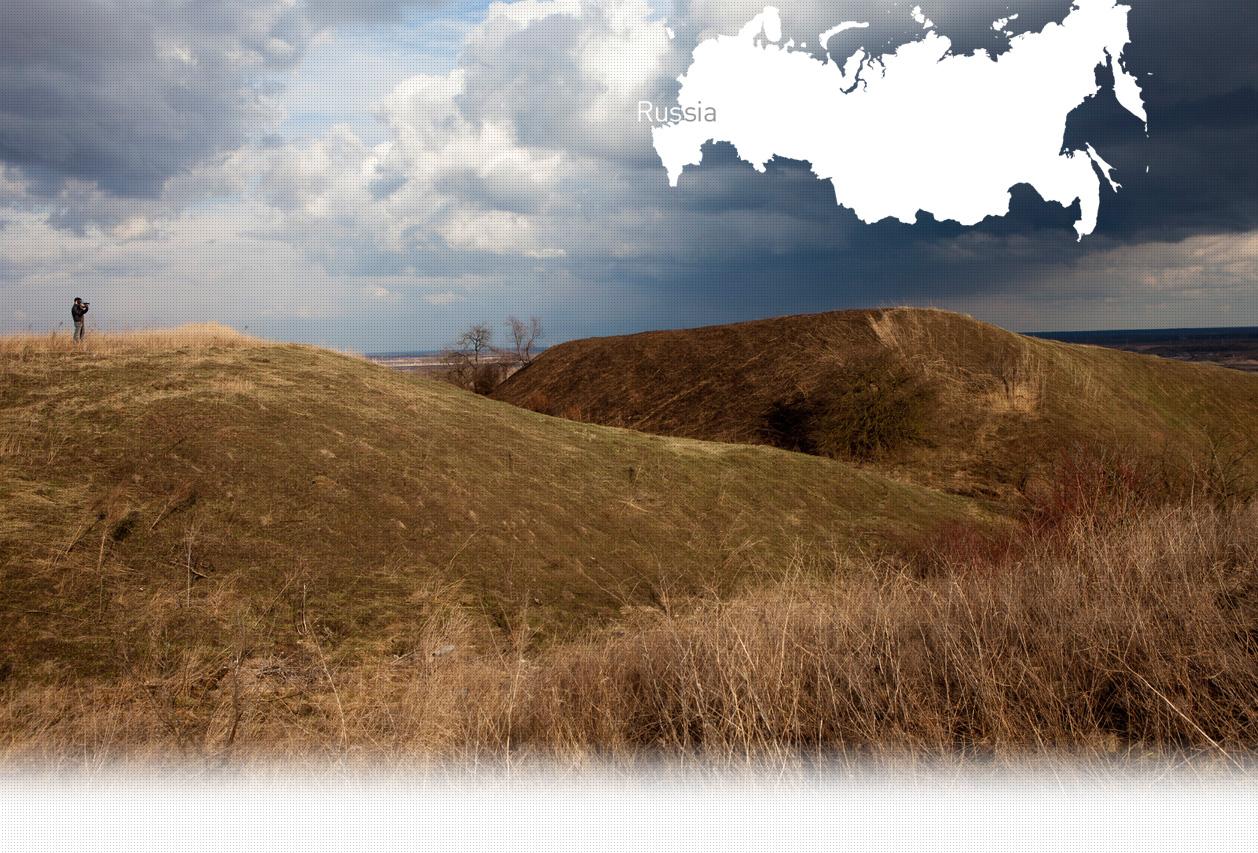

1 Killing site(s)
Olga G., born in 1923, remembered: “Many Jewish refugees passed by the village asking the locals for shelter. An elderly couple, my neighbors, hid a Jewish woman in their cellar and didn’t denounce her despite the raids of the Germans who were searching for Jews. After the end of the occupation, this woman stayed in the village and worked as a tailor. ” (Testimony n°559 interviewed in Borgustanskaya on October 18th, 2015)
“On August 26th, 1942, the German military commander M. ordered all the refugees living in the Borgustanskiy Selsoviet to gather themselves at 2pm with their belongings. When the refugees were rounded up, the German guards selected 170 Jews and put them in a separate column. The victims were told they would be resettled. They were locked up in a barn that served as a fire station without food and water. The barn was so crowded that the victims had to stand up all time. Among them there were many weak and sick people, young children, and women. At night women were taken out and raped. On August 27th, 1942, the Jews were loaded on 13 wagons that were escorted towards Kislovodsk, under the guard of the police. Near the 4th brigade of the “Bolshevik” kolkhoz, the refugees were forced out from the wagons with their belongings. Their property was confiscated and then the victims were shot. After the opening of the pit the commission found the corpses of 25 children under one year old and 70 children under 10 years old.” [Act drawn up by the State Extraordinary Commission on July, 26th, 1943, in Stanitsa Suvorovskaya; RG22.002M:7021-17-12]
Stanitsa Borgustanskaya is located 150 km south-east of Stavropol. The village was founded in 1825 to protect the border from raids. There were no Jewish families living in the village before the war, only Ukrainians and Russians. There were several kolkhozes in stanitsa ruled by the chief of a kolkhoz. The residents were involved in farming and agriculture. Once WWI broke out, many Jewish refugees arrived to the village hoping to flee from Germans.
Borgustanskaya was occupied in early August 1942. Shortly after the occupation the Germans installed their kommandantur in the selsoviet building and appointed a new starosta. All the Jewish refugees, 170 according to the Soviet archives, were rounded up with their belongings on August 26th ,1942, under the pretext of being resettled to another village but instead they were locked up in an overcrowded barn. The following day the victims taken in the direction of Kislovodsk by wagon. The train stopped near the kolkhoz “Bolshevik” where the 170 Jews were shot in a pit.
Do you have additional information regarding a village that you would like to share with Yahad ?
Please contact us at contact@yahadinunum.org
or by calling Yahad – In Unum at +33 (0) 1 53 20 13 17